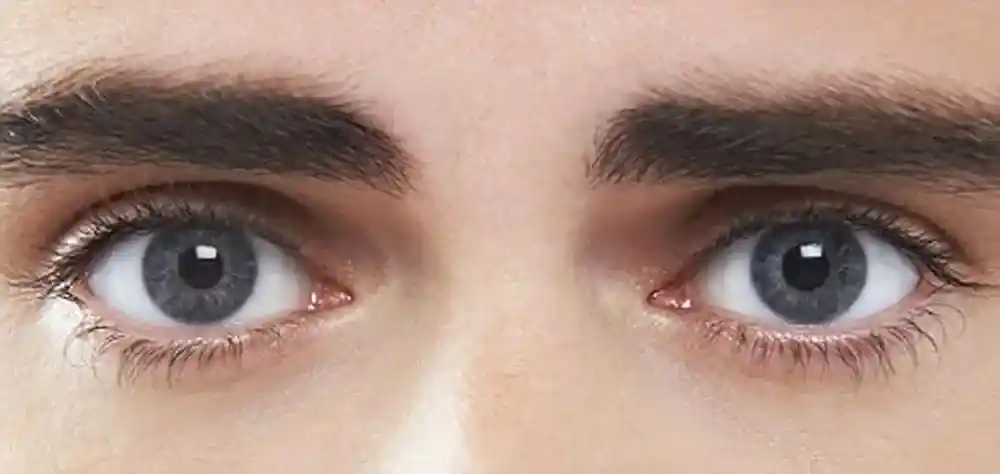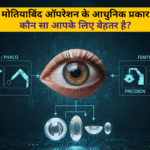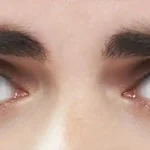LASIK (Laser-Assisted In Situ Keratomileusis) is a widely performed refractive eye surgery designed to correct vision problems, such as nearsightedness, farsightedness, and astigmatism. By reshaping the cornea, LASIK helps light focus correctly on the retina, improving clarity and reducing dependence on glasses or contact lenses.
Unlike corrective lenses, which provide temporary vision correction, LASIK permanently alters the shape of the cornea. However, this does not mean that vision remains unchanged for life, as other natural factors can influence long-term outcomes.
How LASIK Works
The procedure involves creating a thin flap in the cornea using a femtosecond laser or a microkeratome blade. The underlying corneal tissue is then reshaped using an excimer laser to correct the patient’s refractive error. Finally, the flap is repositioned without stitches, allowing for a quick recovery.
The changes made to the cornea during LASIK are permanent, meaning the corrected vision remains stable without other ocular conditions or aging-related changes.
Longevity of LASIK
Many patients experience long-lasting vision correction after LASIK. Most people enjoy clear vision for at least 10-20 years, and in many cases, the results last a lifetime. However, some may experience vision changes due to aging, lifestyle factors, or underlying eye conditions.
Research indicates that about 95% of LASIK patients achieve 20/40 vision or better, with many obtaining 20/20 vision. While these improvements are lasting, they do not prevent natural vision deterioration due to aging or external factors.
Why Vision Changes After LASIK
Some individuals notice vision changes years after undergoing LASIK. This occurs due to several reasons:
- Presbyopia: This is an age-related loss of near vision, typically starting around the age of 40. LASIK corrects distance vision but does not prevent presbyopia, which may require reading glasses.
- Cataracts: Over time, the natural lens of the eye may develop cloudiness (cataracts), affecting vision. This condition is unrelated to LASIK but can cause visual impairment.
- Refractive Regression: In some cases, minor shifts in corneal shape may occur years after surgery, leading to slight changes in visual clarity. This is more likely in individuals who had high refractive errors before LASIK.
- Other Eye Conditions: Conditions such as glaucoma, diabetic retinopathy, or macular degeneration can also impact vision in the long term.
Factors Affecting Duration
Several factors influence how long LASIK results last:
- Age at the Time of Surgery: Younger patients with stable prescriptions tend to experience longer-lasting results. Those who undergo LASIK before their prescription stabilizes may need additional correction later.
- Initial Prescription Strength: Higher refractive errors may have a greater chance of mild regression over time, requiring enhancement procedures.
- Lifestyle and Eye Health: Frequent exposure to digital screens, UV rays, or underlying conditions like diabetes can impact vision longevity. Regular eye care is essential.
- Post-Surgical Care: Following all post-operative instructions, attending routine eye checkups, and protecting the eyes from strain help in maintaining long-term results.
How Long Does LASIK Last After 40?
After the age of 40, many individuals experience presbyopia, making it difficult to focus on nearby objects. Since LASIK does not address presbyopia, patients who underwent LASIK in their younger years may still require reading glasses.
Cataract development is another common concern after 40. Cataracts cause the eye’s natural lens to become cloudy, affecting vision regardless of prior LASIK surgery. If cataracts develop, surgery may be needed to restore clarity.
Can LASIK Be Redone?
For patients experiencing refractive regression, an enhancement procedure, also known as LASIK touch-up, may be an option. A second LASIK procedure is generally safe, provided corneal thickness is sufficient for additional reshaping.
LASIK enhancements are recommended only when:
- There is a significant decline in visual clarity.
- The cornea remains healthy with adequate thickness.
- No other eye conditions (e.g., cataracts, glaucoma) are affecting vision.
Maintaining Clear Vision
While LASIK results are long-term, maintaining optimal eye health plays a crucial role in sustaining vision clarity. Here are some ways to preserve good vision after LASIK:
- Routine Eye Exams: Regular checkups help detect any changes in vision early and allow for timely intervention.
- UV Protection: Wearing sunglasses reduces the risk of UV-related damage to the eyes, which can contribute to conditions like cataracts.
- Healthy Lifestyle Choices: A diet rich in vitamins A, C, and E supports eye health and may slow age-related deterioration.
- Reducing Digital Eye Strain: Following the 20-20-20 rule (looking 20 feet away for 20 seconds every 20 minutes) helps prevent eye fatigue and strain from prolonged screen use.
Conclusion
LASIK provides long-lasting vision correction, but it does not halt the natural aging process of the eyes. While many patients enjoy clear vision for decades, presbyopia, cataracts, and minor refractive changes may necessitate further vision correction in the future. Understanding these factors helps set realistic expectations for those considering LASIK.
Your eyes deserve the best care. Explore your vision correction options with expert guidance! Book Your LASIK Consultation!
FAQs
LASIK results are generally long-term and can last decades. Most patients enjoy clear vision for 10-20 years or more. However, vision changes due to aging, such as presbyopia or cataracts, may require additional correction later in life.
LASIK permanently reshapes the cornea, but natural changes in the eyes, such as refractive regression or age-related conditions, can cause vision changes over time. In such cases, an enhancement procedure may be considered.
After 40, presbyopia typically develops, affecting near vision. Although LASIK corrects distance vision, it does not prevent the need for reading glasses. Cataracts, which commonly develop with age, can also impact vision in later years.
LASIK itself does not wear off, but changes in the eye’s natural lens, cornea, or retina can affect vision. Factors such as aging, hormonal changes, or medical conditions may contribute to these changes.





